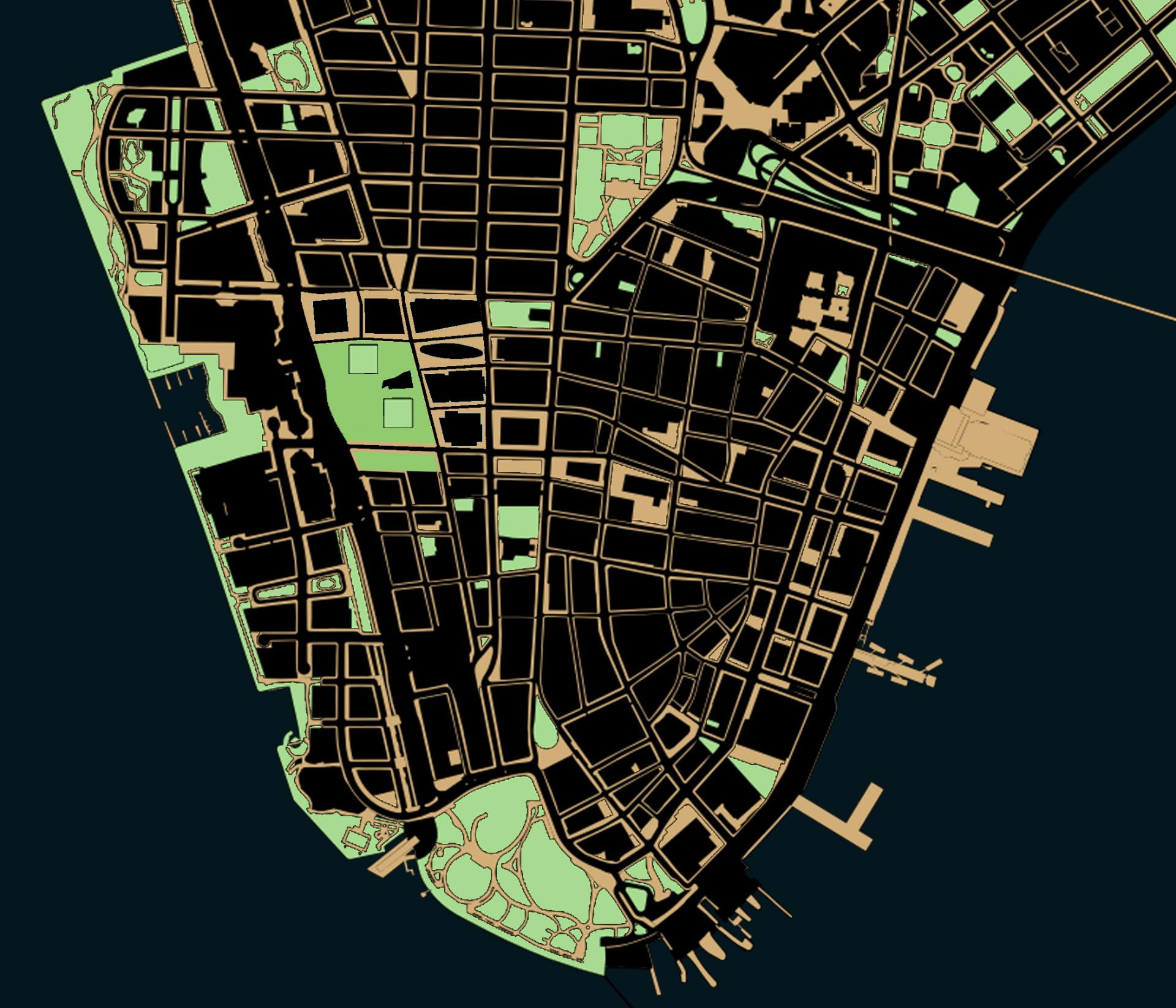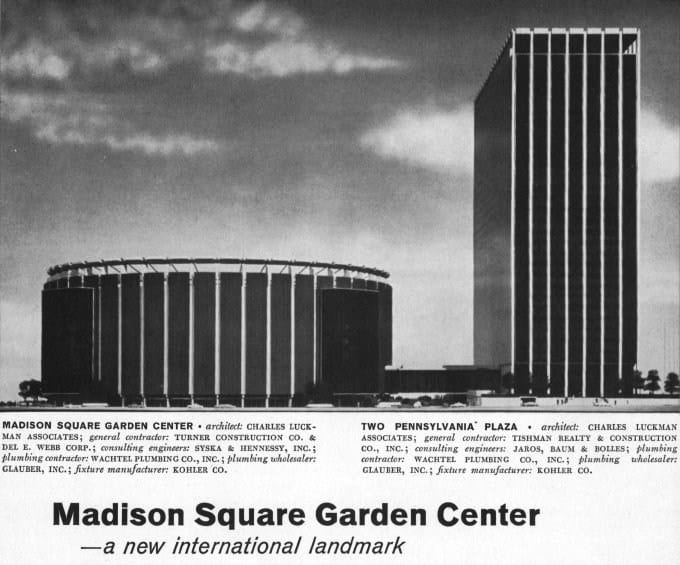Comparing Le Corbusier’s plans for Paris with Ceaușescu’s plans for Bucharest
.


.
Abstract: Comparing Le Corbusier’s unrealized plans for Paris and dictator Nicolae Ceaușescu’s completed plans for the Romanian capital Bucharest reveals similarities in their urban forms. Analysis of three features in both cities – their nineteenth-century urban forms, the integration of twentieth-century plans into the existing urban forms, and the political symbolism of each plan – reveals the two places as reflections of each other. The comparison matters because it establishes an unconscious aesthetic link between the progressive (almost utopian) urban designs of an architect like Le Corbusier and the repressive (almost dystopian) urban designs of a dictator like Ceaușescu.
.
Utopia and totalitarianism are both engaged in a mirroring game, tirelessly sending the same image back and forth as if utopia were nothing more than the premonition of totalitarianism and totalitarianism the tragic execution of the utopian dream. Only the distance that separates a dream from its realization seems to stand between the two.
– Frédéric Rouvillois
Utopia: The Search for the Ideal Society in the Western World [1]
.





















